This stretch of the Saronic Gulf isn’t reinventing itself with superyachts and selfies. Instead, the change feels slower, more local: modernist hotels restored rather than razed, chef-led tavernas that still grill octopus on coals and small galleries carved out of post-war apartment blocks. Even in summer, there’s space to breathe, and if you’ve spent time in Greece’s capital, the sea air feels like a deep exhale.
Discovering The Athens Riviera
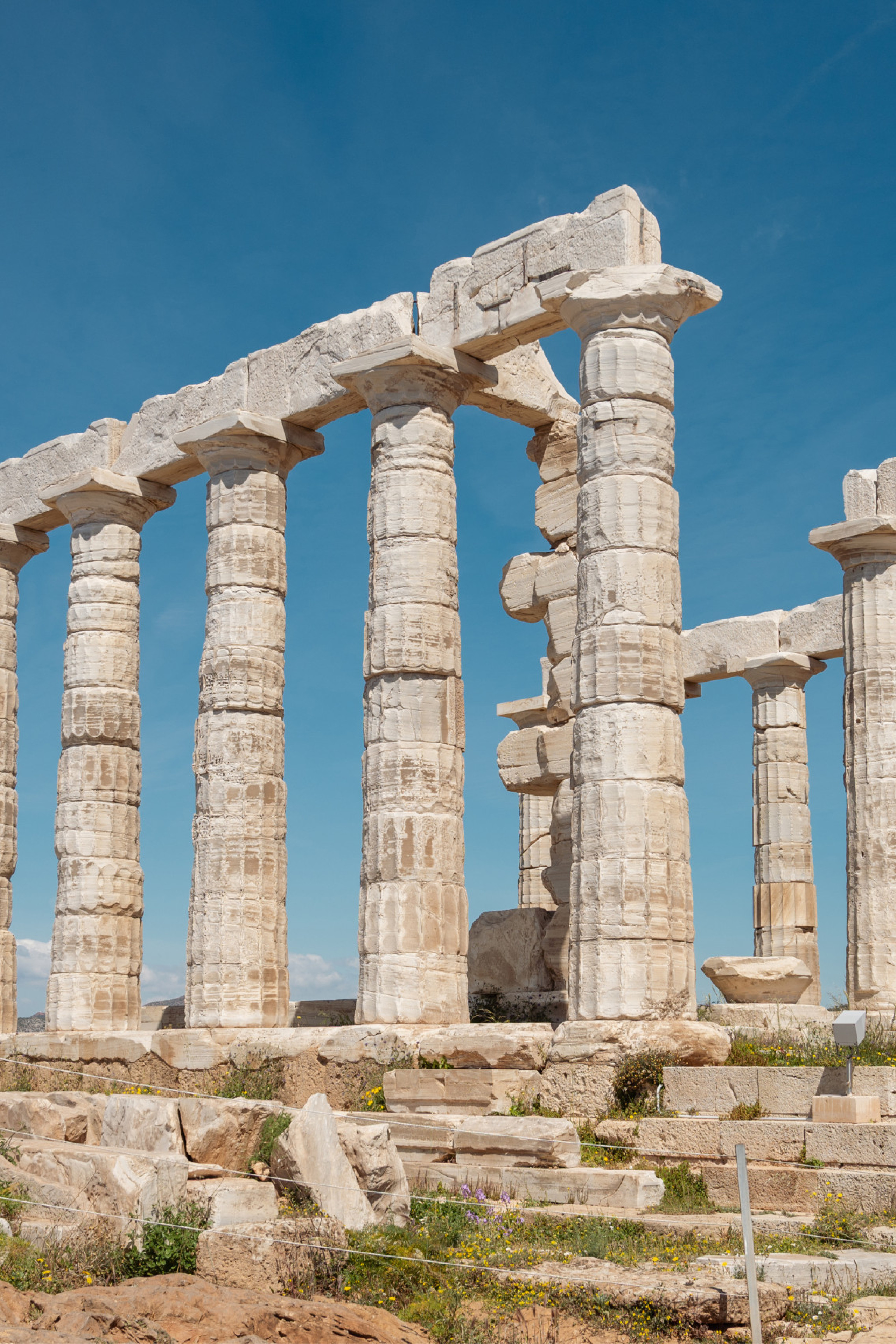
Forget St Tropez, Greeces coastal capital is having a cultural revival.
Half an hour south of the Parthenon, a quieter corner of Greece is drawing fresh attention. The Athens Riviera, the coastal sweep from Piraeus to Cape Sounio, has long been overshadowed by the islands, seen more as a suburban sprawl than a destination in its own right. But things are changing.
Once dismissed as a straggly extension of the capital city, it’s now drawing a different kind of traveller: one who wants museums and Michelin-level meals in the morning, a swim before lunch, and sunset cocktails without a ferry timetable to obey.
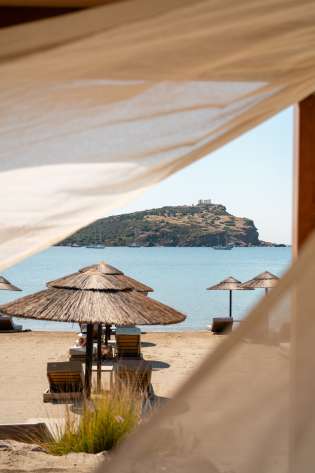
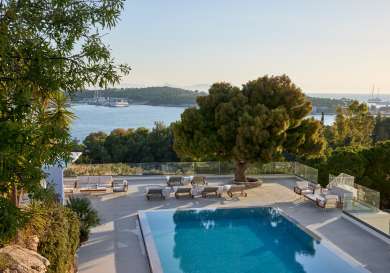
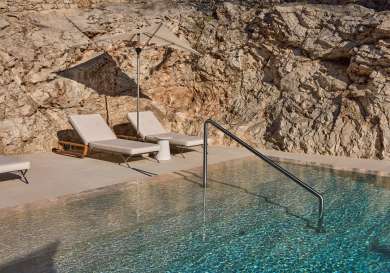
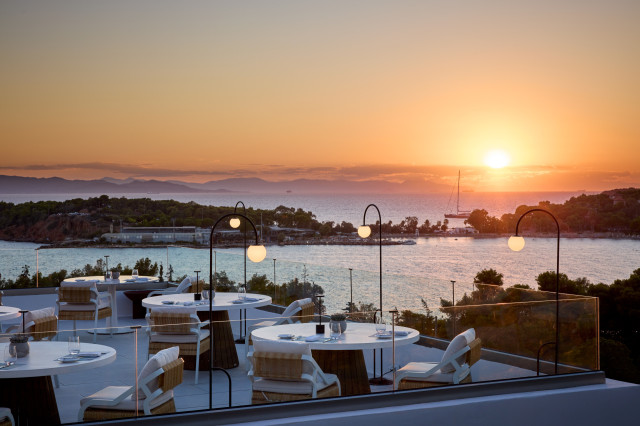
For decades, the Riviera felt like Athens’ second thought: a commuter belt with scattered luxury resorts, scrappy public beaches, and mid-century villas hidden behind oleander hedges. Locals would escape here on the hottest days, but tourists rarely lingered. Then came the pandemic, remote working, and a wave of younger Athenians looking for more space and sea views. Suddenly, the old summer houses and 1960s hotels felt worth saving.
What’s emerged isn’t Mykonos-style glitz but something softer: a design-minded coastal strip that’s still resolutely Greek. Morning swims, long lunches, ancient ruins, and sunset drinks all belong to the same day. And unlike the islands, there’s a city, alive and busy, with galleries, food markets, and concert halls, just behind the curve of the bay.
Vouliagmeni: The New Heart Of The Riviera
About 30 minutes south of central Athens, Vouliagmeni has quietly become the Riviera’s most interesting stop. Pine trees spill down to calm, turquoise water, coves and low cliffs break up the shoreline, and in the middle of it all, Lake Vouliagmeni – mineral-rich, half-salt, half-spring – steams gently in winter and stays warm enough to swim year-round.
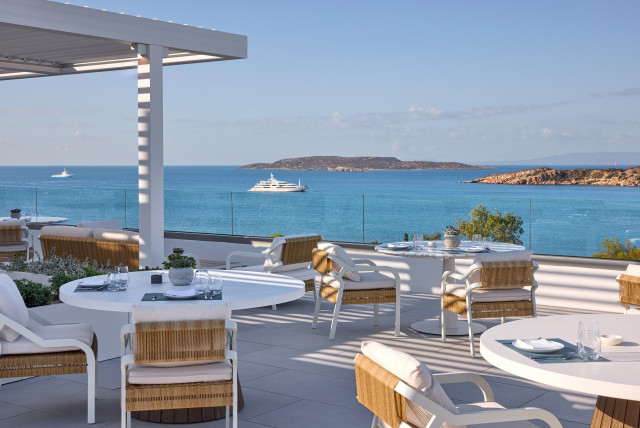
Hotels here have caught the new mood. The Roc Club by Grecotel feels effortlessly stylish: white walls, warm wood and balconies that catch the sea breeze. The rooftop bar serves breakfast looking out over the bay, then dinner under soft lighting. The poolside bar (where I spent more time than planned) does everything from fresh salads to one of the best club sandwiches I’ve eaten anywhere. The cocktail list goes beyond the standard mojitos: the bartenders experiment with local ingredients and house infusions — the results feel genuinely original.
Its location is part of the charm. You’re steps from the lake, minutes from Astir Beach, and a quick taxi ride back to Athens’ museums and nightlife if the mood strikes. Yet most guests seem happy to stay put. The pull of a late swim, a glass of Assyrtiko on the terrace, and a sea view proves hard to resist.
Further South: History, Healing And Family Life At Cape Sounio
Keep driving and the Riviera changes: hotels and beach clubs thin out, low hills and ancient ruins take over. At the tip of the headland sits the Temple of Poseidon, its marble columns framed by the sea on three sides – a sight that feels as stirring today as it must have been to sailors thousands of years ago.
Nearby, Cape Sounio, a Grecotel Resort to Live, makes the most of its dramatic setting. Terracotta bungalows and villas face the water or the Temple itself. Some come with private pools and gardens where you can swim at dawn as the columns catch the first sun. There’s a private beach, multiple pools, and a layout that feels spacious rather than crowded – a rarity in high season.
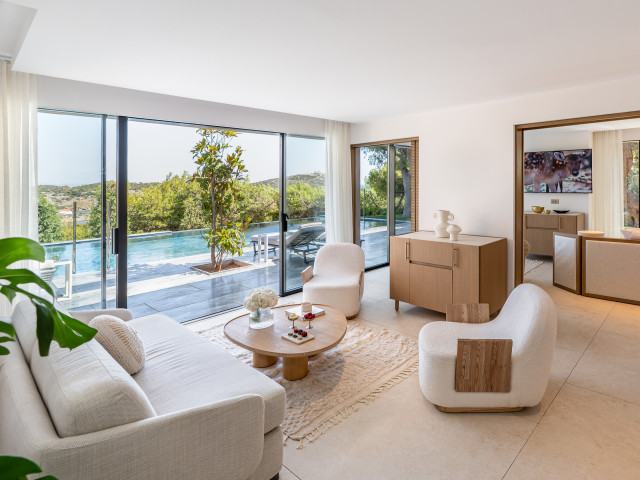
Families aren’t an afterthought here. Grecoland Kids Club keeps younger guests occupied with art, sports and treasure hunts. There are shallow pools and kid-friendly menus, and children often stay and eat free, which makes a real difference on longer trips.
Parents, meanwhile, can escape to the new Elevations of Wellness programme at the resort’s spa. It’s designed by Vicky Vlachonis, a Greek osteopath who built her reputation in LA working with Gwyneth Paltrow, Lady Gaga and Sir Elton John, among others. Vlachonis blends modern science with holistic treatments rooted in Greek philosophy, and she describes Cape Sounio – with its ancient temples, pine forests and salt air – as the perfect backdrop for her mind-body approach.

Dining is spread across four restaurants and three bars: fresh fish straight off local boats, grilled lamb, crisp salads and a pastry counter that’s hard to walk past twice. It feels upmarket but still grounded – you can dress up or wander in after a swim, and no-one raises an eyebrow.
Art, Food And New Ideas
The revival isn’t only about hotels. In Glyfada, a few miles north, new art spaces are opening inside low-slung 1970s buildings, alongside independent bookshops and design stores. Restaurants have moved beyond the tired formula of fried seafood and taverna chairs on the sand: young chefs, many trained abroad, are rethinking local classics. You’ll still find grilled octopus and village salads, but also dishes like sea bass crudo dressed with wild fennel, or slow-cooked goat with pistachios from Aegina.
Wine lists increasingly feature small Greek producers: citrusy Assyrtiko from Santorini, rich reds from Nemea, and organic natural wines that feel made for long lunches by the water. Even the beach bars are evolving: a new wave of places mix local spirits and house syrups to create cocktails that go well beyond a standard Aperol Spritz.
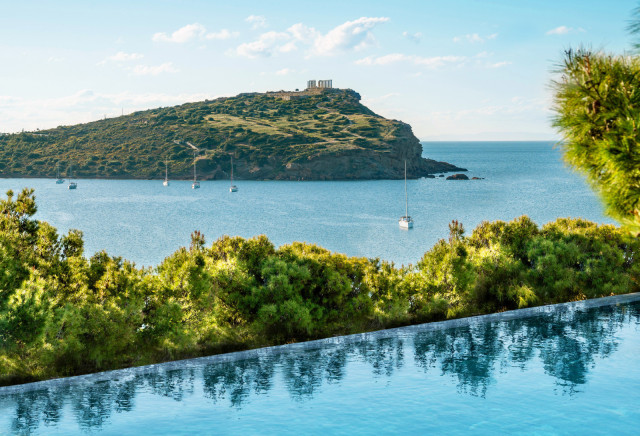
What makes the Athens Riviera different, though, isn’t a single hotel or restaurant. It’s the balance. One morning you might swim in water clear enough to see the seabed, then visit an ancient temple or a gallery in the city by afternoon. Locals still treat the coast as an extension of everyday life – somewhere to swim before work, or sit for an hour over coffee and gossip. Visitors blend into that rhythm rather than replace it.
There are signs of gentrification, of course: property prices in Vouliagmeni have climbed steeply, and new buildings sometimes loom a little too large. But so far, the Riviera feels more like it’s rediscovering what made it special in the first place: proximity to history, generous space, and a pace that feels more Mediterranean than metropolitan.
Getting There And Getting Around
Most visitors fly into Athens International Airport, about 30 minutes from Vouliagmeni and under an hour from Cape Sounio. Taxis are plentiful and relatively affordable. Renting a car makes sense if you want to explore quieter beaches and archaeological sites.
The season starts early. Locals swim from April, and by May, restaurants and hotels are running at full speed. June and September are often the sweet spot: warm enough for the beach, cooler in the city and easier to get a table at the best spots. July and August bring crowds and higher prices, but the water is at its warmest and the coast buzzes with energy.
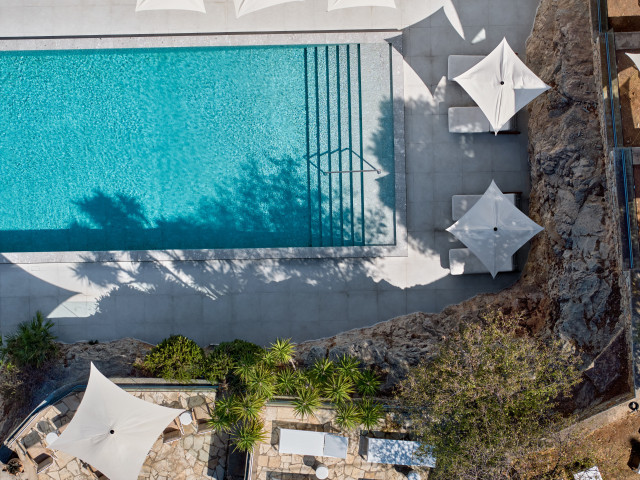
Why Stay On The Mainland?
It’s tempting to think of the islands as Greece’s only real draw – and for years, many visitors did just that. But the Riviera offers something the islands can’t quite match: quick access to the capital’s museums, galleries, and food scene, paired with the freedom to swim before breakfast or linger over dinner with your feet in the sand.
And unlike island ferries, there’s no timetable. You can check in on Friday night, swim Saturday morning, visit the Acropolis by afternoon, and be back on your hotel balcony for sunset. Then do it all again on Sunday, or not at all.
In a country where tourism so often means choosing between city and sea, the Athens Riviera offers both, along with history, style, and a sense of place that doesn’t rely on trends. It’s not St Tropez, nor does it want to be. And in a world of overexposed coastal hotspots, that might be exactly why it’s worth going now…
Share this Article
You Might Also Like
-
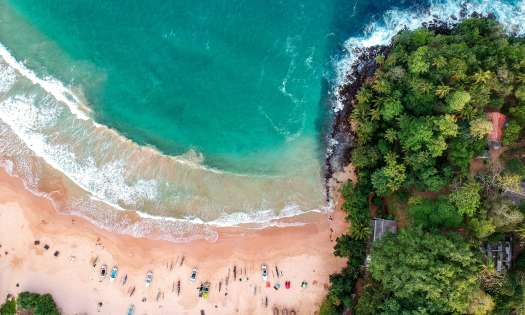
10 Best Places to Go in January 2026: Your Luxury Travel Guide
January is synonymous with starting anew. It's typically a time for setting goals, new ambitions, and fresh adventures. In this guide, discover some of the top destinations worth adding to your list to kick start 2026.
-
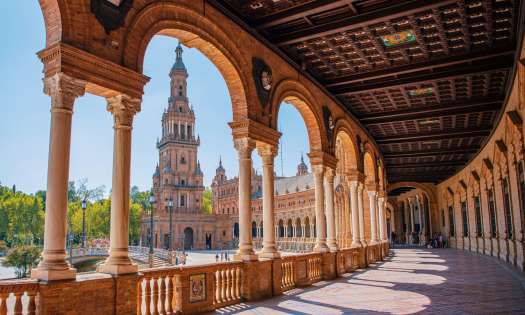
Seville Is The Perfect Pre-Christmas Escape - Here's Why
Nestled in Andalucia, Seville has long been a honeypot for travellers seeking uninterrupted sunshine, gastronomic excellence, and a healthy dose of culture. Here's why you should add the soulful Spanish city to your list in December.
-

In Conversation With Le Haus Founder Ronald Ndoro Mind
The Sybarite sat down with entrepreneur Ronald to discuss his latest venture, Le Haus, and the future of luxury travel. Read our exclusive interview with him below...
-
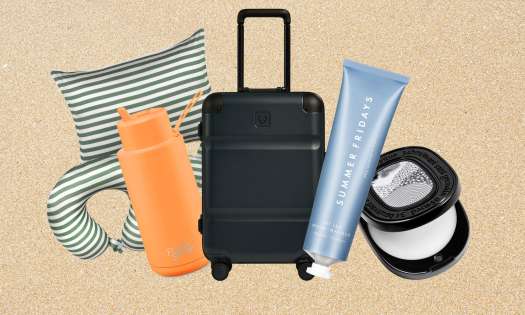
The Sybarite Gift Guide 2025: For The Traveller
-

Basel Christmas Market 2025: A Luxury Travel Guide
As the snow begins to fall, covering the ground with a light dusting, the sound of music can be heard playing softly in the distance.
-

Phoenix: Why The Snowbirds Are Flocking To The Valley of The Sun
Discover Baldwin Ho's guide to The Greater Phoenix area, widely known as 'The Valley of The Sun'.





